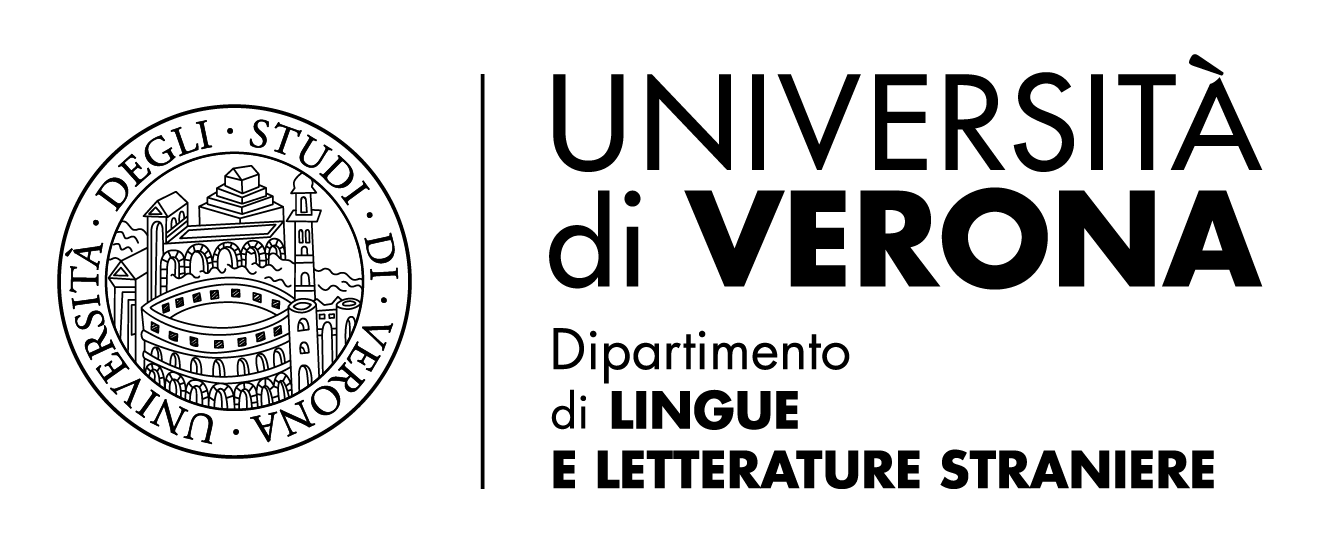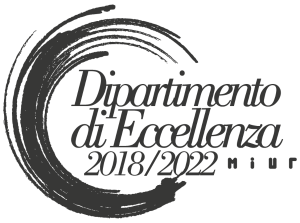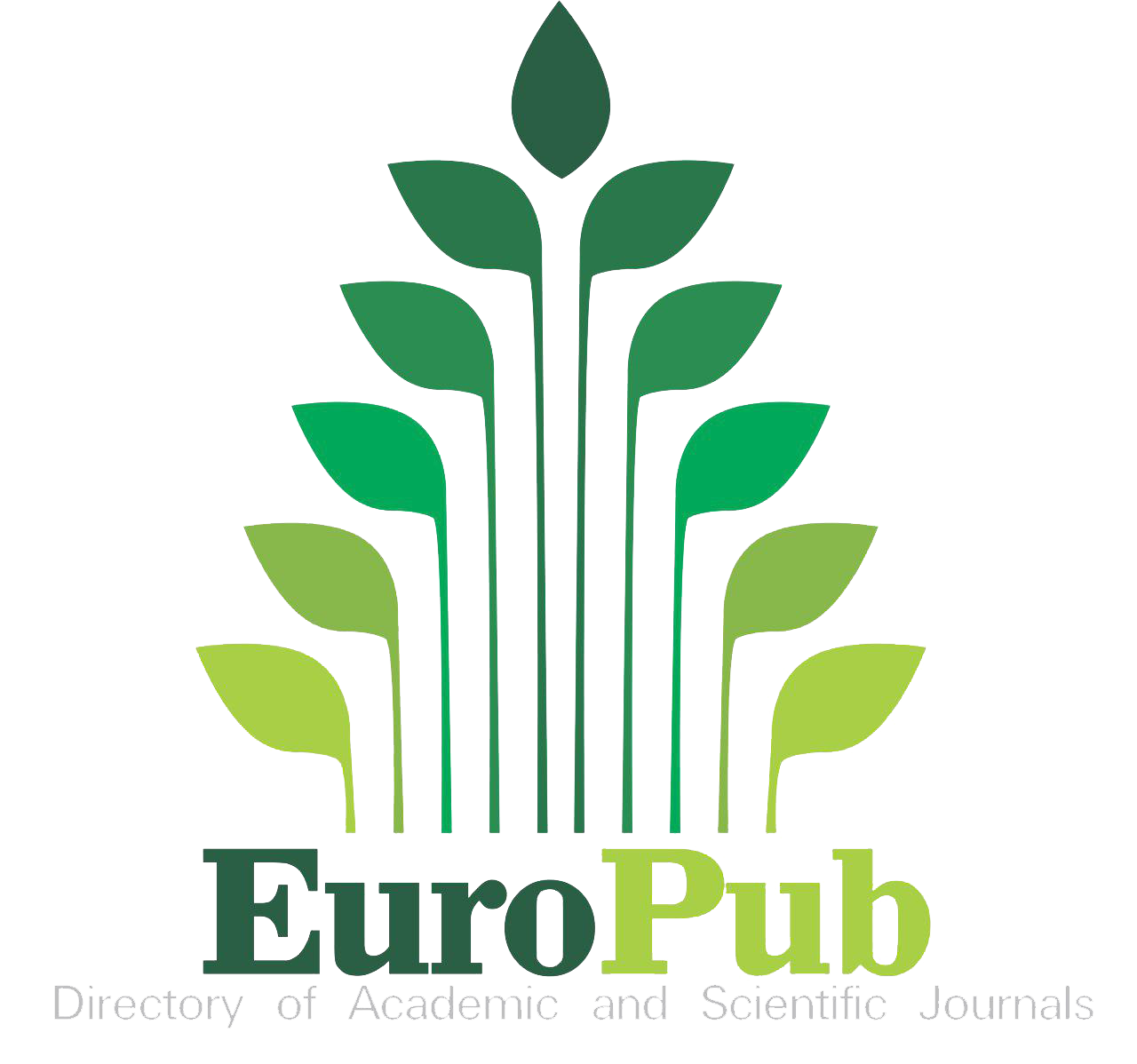Doing the Locomotion
Aspects of Trust and Transparency in Railway Communication
DOI:
https://doi.org/10.13136/2281-4582/2025.i25.1516Keywords:
Transparency, Trust, CSR communication, Environment, TransportationAbstract
In the last few decades, Corporate Social Responsibility (CSR) has become a priority on the corporate agenda and a pillar of corporate communication. Firms have been increasingly called upon to behave responsibly and disclose information about their ethical values and ‘values translated into action.’ Recently, the growing distrust towards businesses and their CSR practices has prompted companies to reengage with stakeholders and disclose information in a way that is perceived by the general public as transparent and trustworthy. While extensive research on transparency has been conducted in fields such as management, organisational studies and marketing, little work has been done on the role of language in the creation of transparency and as a consequence, of trust. Set against this background, the study focuses on a particular industry sector in which public perceptions of transparency need to be carefully managed and maintained, namely transportation. Specifically, the analysis sets out to investigate how transparency and trust are linguistically and discursively constructed in the CSR reports belonging to a selection of rail companies operating in different geographical areas across the world (Europe, North America and Asia). Special attention is paid to the discussion of issues relevant to the sector, namely environmental impacts. With the support of quantitative and qualitative analysis tools, the sections of the reports covering environmental topics are examined in a variety of lexico-grammatical items and their phraseology. The study sheds light on the discourse strategies adopted by rail companies for trust creation and transparent reporting of information relating to environmental issues.
References
Albu, Oana Brindusa and Mikkel Flyverbom. “Organizational Transparency: Conceptualizations, Conditions, and Consequences.” Business & Society 58.2 (2016): 268-297.
Albu, Oana Brindusa and Stefan Wehmeier. “Organizational Transparency and Sense-Making: The Case of Northern Rock.” Journal of Public Relations Research 26.2 (2014): 117-133.
Anthony, Laurence. AntConc (Version 3.5.8) [Computer Software]. Tokyo: Waseda University, 2019.
Bondi, Marina and Danni Yu. “The Generic Structure of CSR Reports in Italian, Chinese, and English: A Corpus-Based Analysis.” IEEE Transactions on Professional Communication 60.3 (2017): 273-291.
Choudhury, Enamul. “Trust in Administration: An Integrative Approach to Optimal Trust.” Administration & Society 40.6 (2008): 586-620.
Christensen, Lars Thøger. “Corporate Communication: The Challenge of Transparency.” Corporate Communications: An International Journal 7.3 (2002):162-168.
Christensen, Lars Thøger and George Cheney. “Peering into Transparency: Challenging Ideals, Proxies, and Organizational Practices.” Communication Theory 25 (2015): 70-90.
Coombs, W. Timothy and Sherry J. Holladay. “The Pseudo Panopticon: The Illusion Created by CSR-Related Transparency and the Internet.” Corporate Communications: An International Journal 18.2 (2013): 212-227.
Cornelissen, Joep. Corporate Communication: A Guide to Theory and Practice (Fourth Edition). London: Sage Publications, 2014.
Dahlsrud, Alexander. “How Corporate Social Responsibility is Defined: An Analysis of 37 Definitions.” Corporate Social Responsibility and Environmental Management 15.1 (2008): 1-13.
Dang-Van, Thac, Ninh Nguyen and Simon Pervan. “Retailer Corporate Social Responsibility and Consumer Citizenship Behavior: The Mediating Roles of Perceived Consumer Effectiveness and Consumer Trust.” Journal of Retailing and Consumer Services 55 (2020): 102082.
Fuoli Matteo and Carita Paradis. “A Model of Trust-Repair Discourse.” Journal of Pragmatics 74 (2014): 52-69.
Goodman, Michael B. “Corporate Communication Practice and Pedagogy at the Dawn of the New Millennium.” Corporate Communications: An International Journal 11.3 (2006): 196-213.
Goodman, Michael B. “Current Trends in Corporate Communication.” Corporate Communications: An International Journal 6.3 (2001): 117-123.
Jensen, Julia C. and Nicola Berg. “Determinants of Traditional Sustainability Reporting Versus Integrated Reporting. An Institutionalist Approach.” Business Strategy and the Environment 21 (2012): 299-316.
Kang, Jiyun and Gwendolyn Hustvedt. “Building Trust Between Consumers and Corporations: The Role of Consumer Perceptions of Transparency and Social Responsibility.” Journal of Business Ethics 125.2 (2014): 253-265.
Kim, Hyosun and Tae Ho Lee. “Strategic CSR Communication: A Moderating Role of Transparency in Trust Building.” International Journal of Strategic Communication 12.2 (2018): 107-124.
Kim, Sora. “The Process Model of Corporate Social Responsibility (CSR) Communication: CSR Communication and its Relationship with Consumers’ CSR Knowledge, Trust, and Corporate Reputation Perception.” Journal of Business Ethics 154.4 (2019): 1143-1159.
Kim, Sora and Hyejoon Rim. “The Role of Public Skepticism and Distrust in the Process of CSR Communication.” International Journal of Business Communication 61.2 (2024): 198-218.
Koskela, Merja and Belinda Crawford Camiciottoli. “Different Paths from Transparency to Trust?: A Comparative Analysis of Finnish and Italian Listed Companies’ Investor Relations Communication Practices.” Studies in Communication Sciences 20.1 (2020): 59-76.
Lantos, Geoffrey P. “The Boundaries of Strategic Corporate Social Responsibility.” Journal of Consumer Marketing 18.7 (2001): 595-630.
Lee Angie and Te-Lin Doreen Chung. “Transparency in Corporate Social Responsibility Communication on Social Media.” International Journal of Retail and Distribution Management 51.5 (2023): 590-610.
Lee, Tae Ho and Maria Leonora (Nori) G. Comello. “Transparency and Industry Stigmatization in Strategic CSR Communication.” Management Communication Quarterly 33.1 (2019): 68-85.
Kollat, Jana and Francisca Farache. “Achieving Consumer Trust on Twitter via CSR Communication.” Journal of Consumer Marketing 34.6 (2017): 505-514.
Martin, James R. and Peter R. R. White. The Language of Evaluation: Appraisal in English. London and New York: Palgrave Macmillan, 2005.
Mayer, Roger C., James Davis and Davide Schoorman. “An Integrative Model of Organizational Trust.” Academy of Management Review 20 (1995): 709-734.
Pirson, Michael and Deepak Malhotra. “Foundations of Organizational Trust: What Matters to Different Stakeholders?” Organization Science 22 (2011): 1087-1104.
Podnar, Klement. “Guest Editorial: Communicating Corporate Social Responsibility.” Journal of Marketing Communications 14.2 (2008): 75-81.
Rawlins, Brad. “Give the Emperor a Mirror: Toward Developing a Stakeholder Measurement of Organizational Transparency.” Journal of Public Relations Research 21.1 (2009): 71-99.
Rawlins, Brad. “Measuring the Relationship between Organizational Transparency and Employee Trust.” Public Relations Journal 2.2 (2008): 1-21.
Resche, Catherine. “L’Implicite dans le Discourse des Grandes Enterprises sur leur Responsibilité Sociale.” Les Cahiers de l’ILCEA 9 (2007): 7-47.
Riel, Cees B.M., van and Charles J. Fombrun. The Essential of Corporate Communication: Implementing Practices for Effective Reputation Management. London: Routledge, 2007.
Schnackenberg, Andrew K. and Edward C. Tomlinson. “Organizational Transparency: A New Perspective on Managing Trust in Organization-Stakeholder Relationships.” Journal of Management 42.7 (2016): 1784-1810.
Schnackenberg, Andrew K., Edward C. Tomlinson and Corinne A. Coen. “The Dimensional Structure of Transparency: A Construct Validation of Transparency as Disclosure, Clarity, and Accuracy in Organizations.” Human Relations 74.10 (2021): 1628-1660.
Sendlhofer, Tina and Daniel Tolstoy. “How Employees Shape CSR Transparency: A Sensemaking Perspective.” Journal of Business Research 150 (2022): 268-278.
Song, HakJun, Wenjia Ruan and Yunmi Park. “Effects of Service Quality, Corporate Image, and Customer Trust on the Corporate Reputation of Airlines.” Sustainability 11.12 (2019): 3302.
Stacks Don W., Melissa D. Dodd and Linjuan Rita Men. “Corporate Reputation Measurement and Evaluation.” The Handbook of Communication and Corporate Reputation. Edited by Craig E. Carroll. Oxford: Blackwell Publishing Ltd, 2013. 561-573.
UAM: UAM Corpus Tool. Text Annotation for the 21st Century. Version 3.3. 2019. http://www.corpustool.com/index.html. Last visited 31/12/2020.
Wehmeier, Stefan. “Transparency.” The International Encyclopedia of Strategic Communication. Edited by Robert L. Heath and Winni Johansen. Boston: Wiley Blackwell, 2018. 1658-1667.
Wicks, Andrew, Shawn Berman and Thomas Jones. “The Structure of Optimal Trust: Moral and Strategic Implications.” The Academy of Management 24.1 (1999): 99-116.
Downloads
Published
Issue
Section
License
Copyright (c) 2025 Donatella Malavasi, Jessica Jane Nocella

This work is licensed under a Creative Commons Attribution 4.0 International License.
Iperstoria is an Open Access journal.
- Authors retain copyright and grant the journal right of first publication with the work simultaneously licensed under a Creative Commons Attribution 4.0 BY License that allows others to share the work with an acknowledgement of the work's authorship and initial publication in this journal.
- Authors are able to enter into separate, additional contractual arrangements for the non-exclusive distribution of the journal's published version of their work (e.g., post it to an institutional repository or publish it in a book), with an acknowledgement of its initial publication in this journal. We kindly ask authors to inform us of any instances of re-publication.







